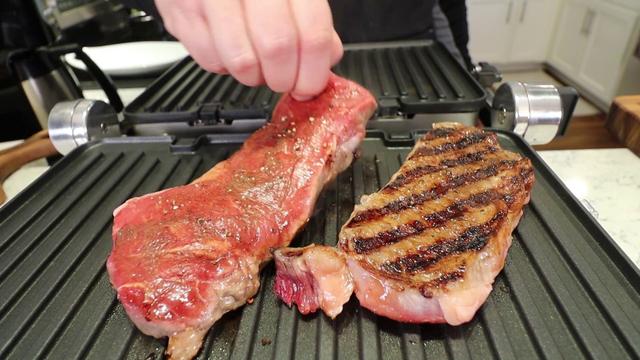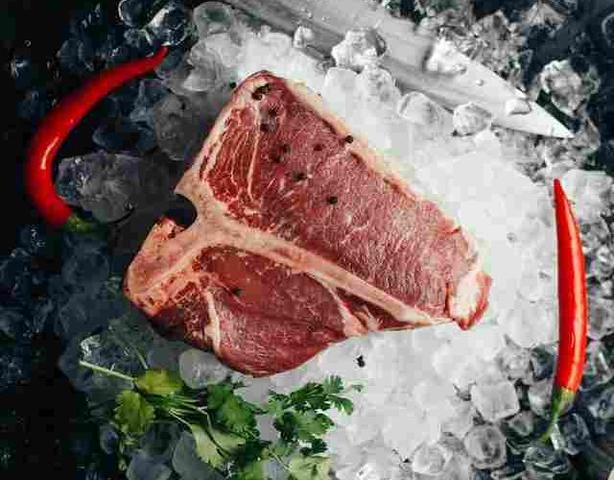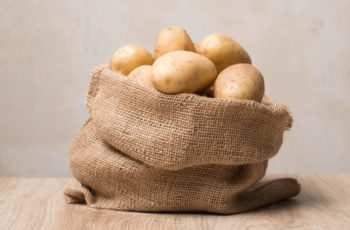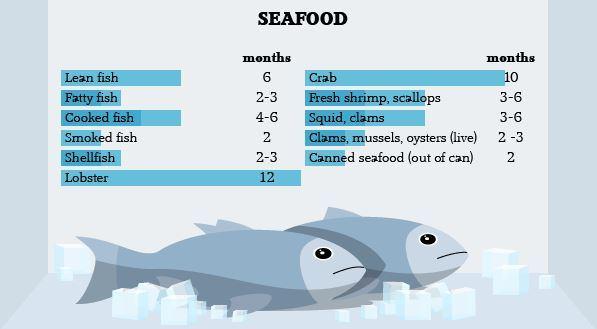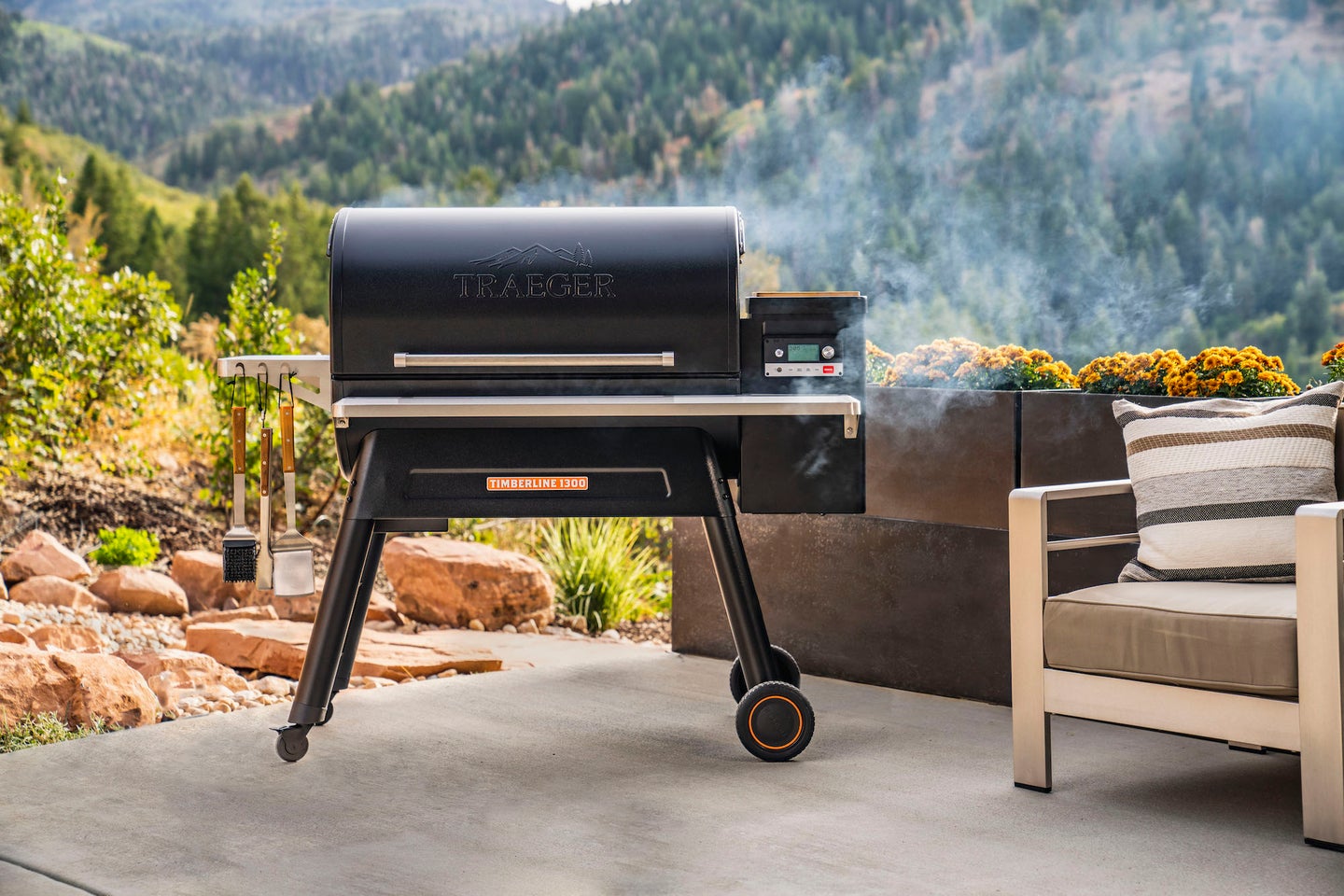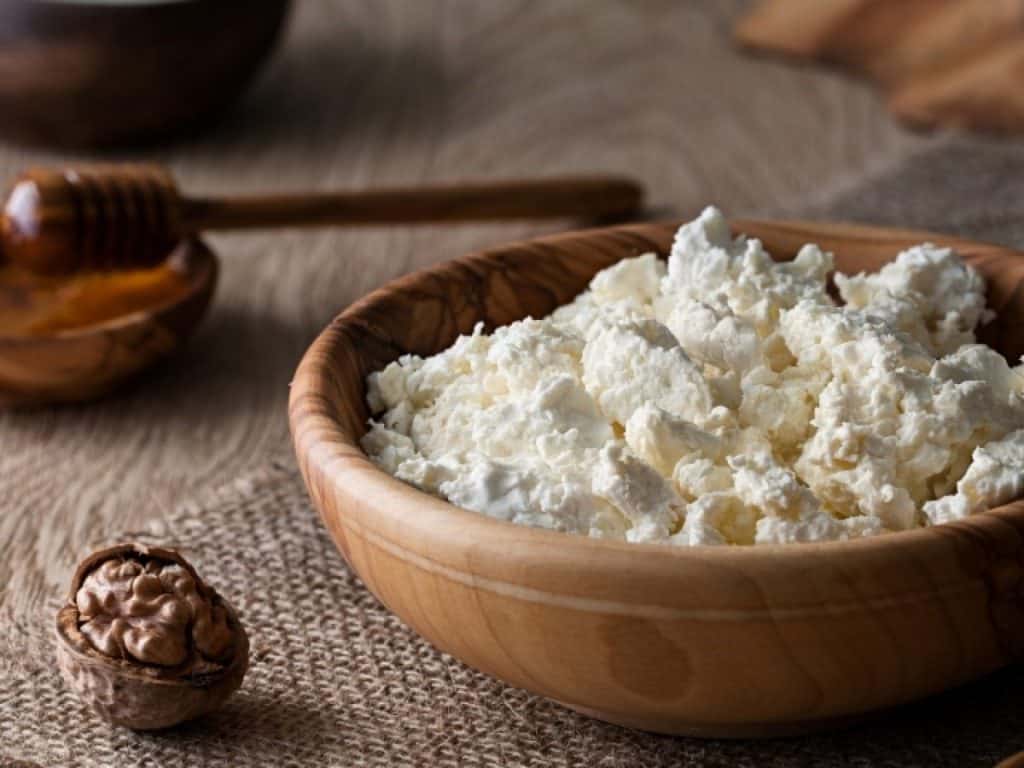
Cottage cheese is a popular dairy product that is often enjoyed as part of a healthy diet. But what does cottage cheese taste like, and how can you enjoy it? In this blog post, we’ll explore the different flavors of cottage cheese and provide some ideas for recipes. We’ll also discuss the nutritional benefits of cottage cheese and how to fit it into your daily routine. Thanks for reading!

What Is Cottage Chees?
Cottage cheese is a fresh cheese made from curdled milk. It is usually made from cow’s milk, but it can also be made from sheep’s or goat’s milk. The curds are then strained and the whey is removed, resulting in a creamy, high-protein product. Cottage cheese has a mild flavor that is often described as slightly tangy or acidic.
What Does Cottage Cheese Taste Like?
Cottage cheese has a mild, slightly tangy flavor that is often described as being similar to yogurt. It can be enjoyed on its own or used in recipes to add creaminess and protein.
Types Of Cottage Cheese
There are several different types of cottage cheese, which can vary in taste and texture. The most common type is whole-milk cottage cheese, which has a richer flavor and creamier texture. Low-fat cottage cheese has a milder flavor and contains less fat and calories. Nonfat cottage cheese is the lowest in fat and calories but also has the least amount of flavor. Drainage can also affect the taste of cottage cheese. More drainage results in a drier, crumblier product with less flavor. Less drainage produces a creamier, richer-tasting cheese.
| Cottage cheese type | Fat content | Texture | Flavor |
|---|---|---|---|
| Regular/ Creamed | 4% | Creamiest, dense | Milkiest |
| Low-fat/ Reduced-fat | 0.5 - 2% | Dense | Neutral, milky |
| Nonfat/ Dry curd | Below 0.5% | Dense | Very mild, sour |
Regular/ Creamed Cottage Cheese
Regular or creamed cottage cheese is the highest in fat and has the creamiest texture. It also has the strongest flavor, due to its high milk content. This type of cottage cheese is ideal for use in recipes where you want a richer flavor or creamier texture.
Low-fat/ Reduced-fat Cottage Cheese
Low-fat or reduced-fat cottage cheese has a milder flavor and contains less fat and calories. This type of cottage cheese is a good choice if you are watching your fat intake or looking for a lighter option.
Nonfat/ Dry curd Cottage Cheese
Nonfat or dry curd cottage cheese is the lowest in fat and calories but also has the least amount of flavor. This type of cottage cheese is a good choice if you are watching your fat intake or looking for a light option.
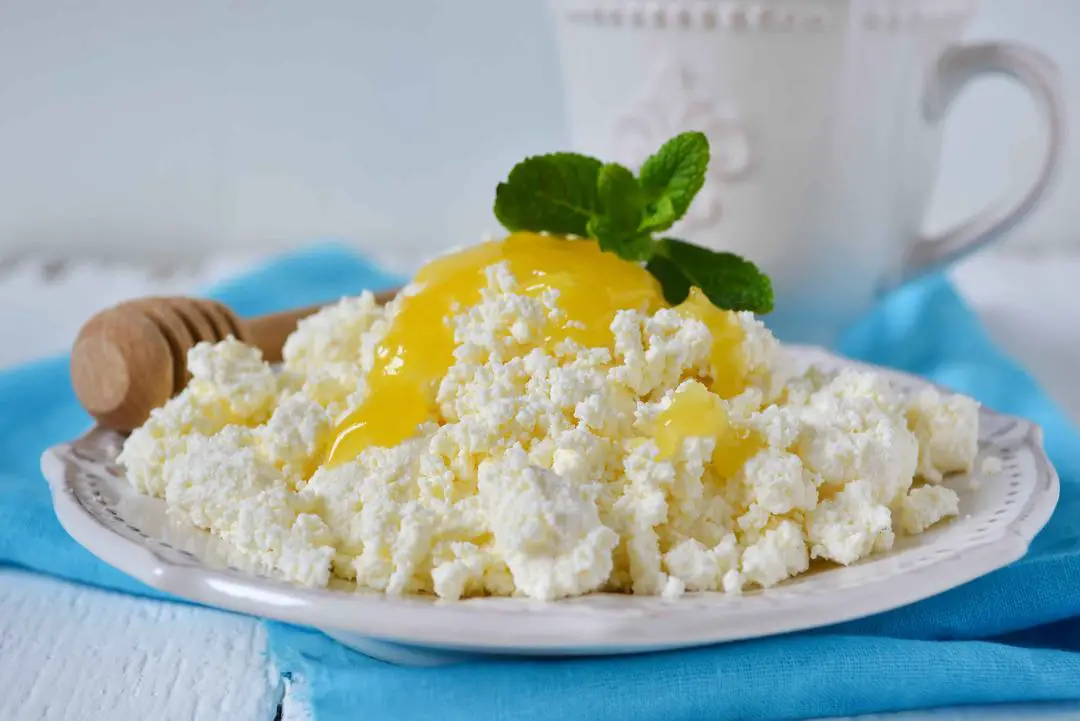
Cottage Cheese Nutrition Facts
Cottage cheese is a good source of protein, calcium, and phosphorus. It is also low in fat and calories. One cup (226 grams) of whole-milk cottage cheese contains the following nutrients (1):
- Calories: 163
- Protein: 28 grams
- Carbs: 5 grams
- Fat: 5 grams
- Fiber: 0 grams
- Sugar: 4 grams
- Sodium: 877 mg
- Calcium: 48% of the Daily Value (DV)
- Phosphorus: 37% of the DV
What Are The Nutritional Benefits Of Cottage Cheese?
Cottage cheese is an excellent source of protein, calcium, and phosphorus. It is also low in fat and calories, making it a healthy choice for those watching their weight. Cottage cheese can be enjoyed as part of a balanced diet and can help you meet your daily recommended intake of dairy products.
How Long Can Cottage Cheese Last?
Cottage cheese can last up to two weeks in the fridge. However, the taste and texture will change over time. For best results, consume cottage cheese within one week of opening.
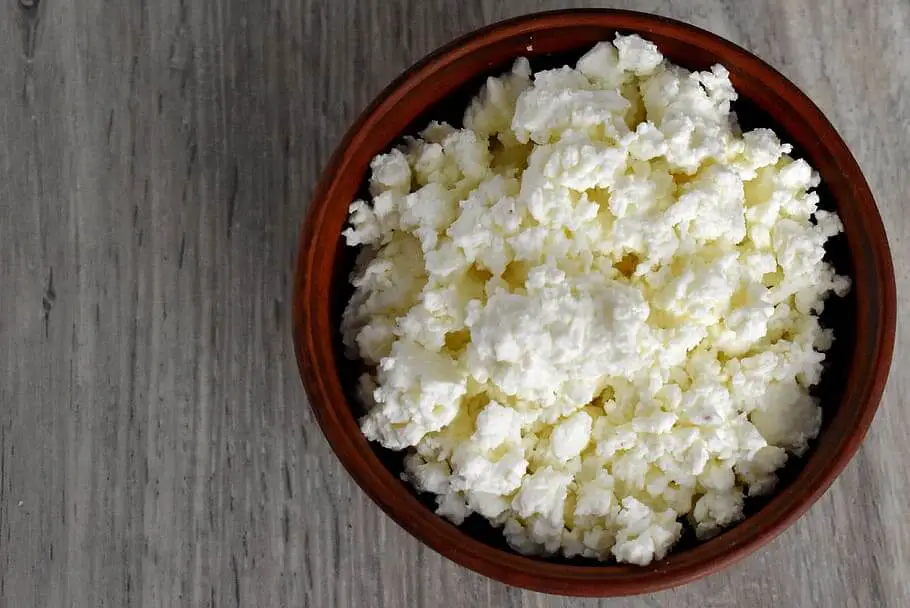
How To Enjoy Cottage Cheese?
Cottage cheese can be enjoyed on its own or used in recipes. It can be eaten plain, flavored with fruit or spices, or used as a spread or dip. Cottage cheese can also be used in baking or as a replacement for ricotta cheese.
Here are some ideas for how to enjoy cottage cheese:
– Enjoy it plain, with fruit, or flavored with spices
– Use it as a spread on toast or crackers
– Add it to smoothies or shakes for an extra protein boost
– Include it in recipes in place of ricotta cheese
– Use it as a base for dips or sauces
– Bake with it to add protein and creaminess to baked goods
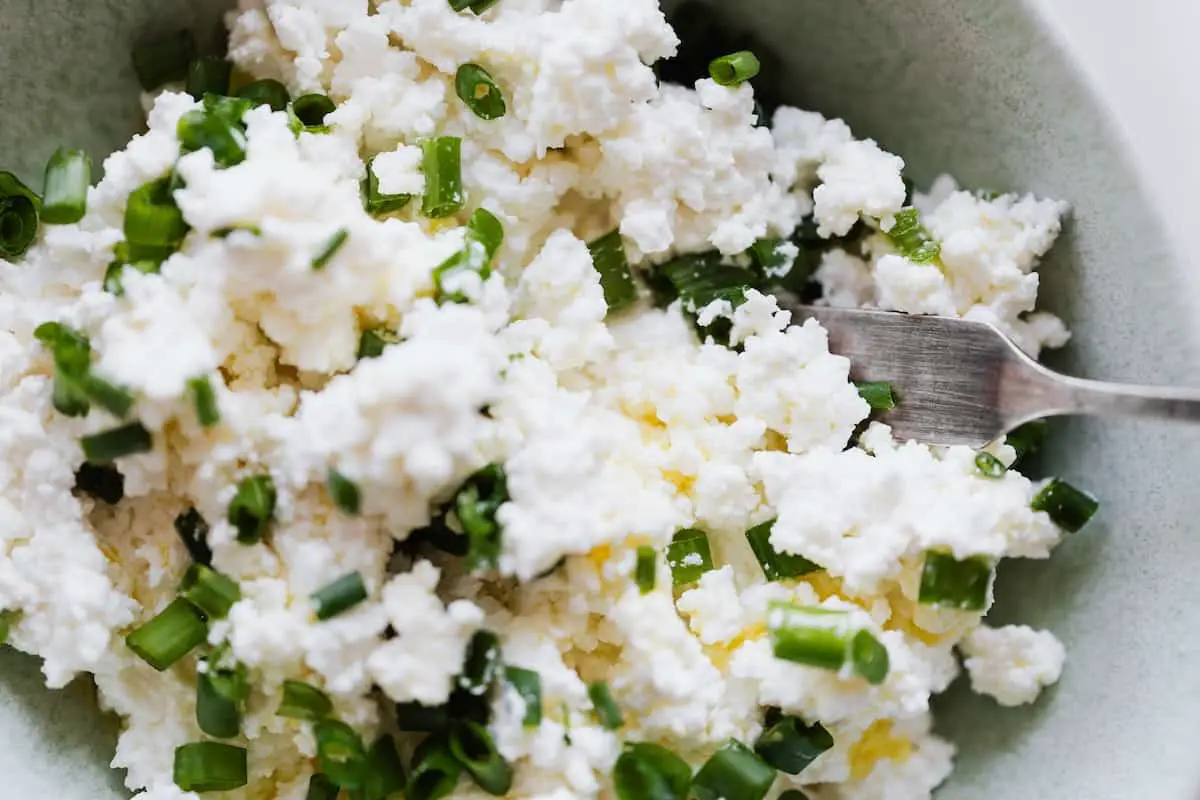
Best Recipes To Go With Cottage Cheese
Cottage cheese is a versatile ingredient that can be used in both sweet and savory dishes. Here are some recipes to get you started:
– Cottage Cheese Pancakes
– Cottage Cheese Muffins
– Cottage Cheese Pie
– Cottage Cheese Quiche
– Cheddar and Cottage Cheese Biscuits
– Creamy Herb and Cottage Cheese Dip
– Spicy Tomato and Cottage Cheese Dip
Delicious Cottage Cheese Recipe:
Cottage Cheese Pancakes
Ingredients:
– 1 cup (226 grams) of cottage cheese
– 2 eggs
– 1/4 cup (30 grams) of all-purpose flour
– 1 teaspoon baking powder
– 1/4 teaspoon salt
– 1 tablespoon butter or oil, for frying
– Maple syrup, for serving (optional)
Directions:
- In a blender or food processor, combine the cottage cheese, eggs, flour, baking powder, and salt. Blend until smooth.
- Heat a nonstick skillet over medium heat. Add a little butter or oil to the pan.
- Scoop 1/4 cup (60 ml) of batter into the pan for each pancake. Cook for 2-3 minutes per side, or until golden brown.
- Serve with maple syrup and enjoy!
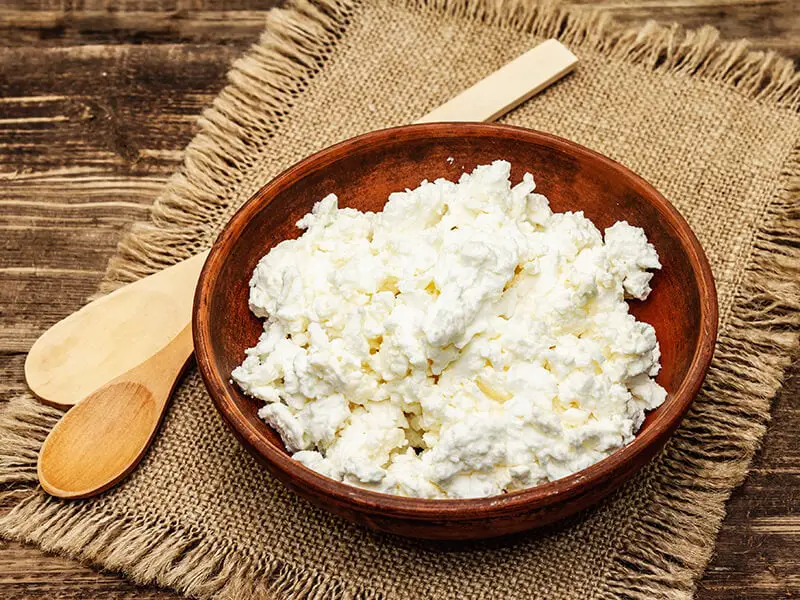
How To Tell If Cottage Cheese Is Bad?
- It Smells Weird: If cottage cheese starts to smell sour or otherwise off, it has gone bad and should be discarded.
- It Has A Layer Of Water On Top: If there is watery liquid on top of the cottage cheese, this is a sign that it has gone bad. The watery liquid is called whey and is a by-product of cheese that separates from the curds over time.
- It Has A Change In Color: If cottage cheese starts to change color, this is another sign that it has gone bad. Cottage cheese should be white or pale yellow in color. If it starts to turn green, gray, or blue, it means that bacteria has started to grow and you should discard it.
- It Has A Strange Texture: If cottage cheese becomes lumpy or otherwise changes texture, this is a sign that it has spoiled. Cottage cheese should have a smooth, creamy texture. If it becomes hard or rubbery, it means that it has gone bad and should not be consumed.
How Is Cottage Cheese Made?
To make cottage cheese, milk is first pasteurized and then cooled to a temperature between 80-85 degrees Fahrenheit. A bacterial culture is added to the milk and allowed to incubate for several hours. This culture causes the milk to coagulate and form curds. The curds are then strained and the whey is removed. The cottage cheese is then pressed into a mold and allowed to drain for several hours. Finally, the cottage cheese is refrigerated to stop bacterial growth.
How Can I Include Cottage Cheese In My Diet?
Cottage cheese can be enjoyed on its own as a snack or used in recipes. It can be added to smoothies, used as a topping on salads or baked goods, or even used in savory dishes such as quiche or lasagna. Cottage cheese is a versatile ingredient that can be used in many different ways.
How To Make Cottage Cheese At Home?
You can make cottage cheese at home with just a few ingredients. All you need is milk, vinegar, salt, and a cheesecloth. To make cottage cheese, first heat the milk to 185 degrees Fahrenheit. Then add the vinegar and salt and stir to combine. Allow the mixture to sit for 10 minutes to curdle. Next, line a colander with a cheesecloth and place it over a bowl. Pour the mixture into the colander and allow it to drain for 30 minutes. Finally, transfer the cottage cheese to a container and refrigerate for at least two hours before serving.
Fun facts about cottage cheese:
-Cottage cheese is a source of protein and calcium.
-It is low in calories and fat.
-Cottage cheese has a long shelf life and does not need to be refrigerated until it is opened.
-Cottage cheese is made from the curds of milk. The whey, or watery part of the milk, is removed during the manufacturing process.
-Cottage cheese was first made in the 16th century.
-The average person in the United States consumes about four pounds of cottage cheese per year.
-Cottage Cheese is a popular food among heavy-weight trainers or individuals who workout to gain muscle mass
FAQs
Is cottage cheese-like mozzarella?
No, cottage cheese is not like mozzarella. Mozzarella is a type of cheese that is made from cow’s milk. Cottage cheese is made from either cow’s milk or goat’s milk and has a much higher fat content than mozzarella. Cottage cheese also has a lower moisture content, which gives it a crumblier texture.
Is cottage cheese-like ricotta?
No, cottage cheese is not like ricotta. Ricotta is a type of cheese that is made from whey, which is a by-product of the cheesemaking process. Cottage cheese is made directly from curds and has a higher fat content than ricotta. Cottage cheese also has a lower moisture content, which gives it a crumblier texture.
Can I freeze cottage cheese?
Yes, you can freeze cottage cheese. Cottage cheese can be frozen for up to two months. When freezing cottage cheese, be sure to place it in a freezer-safe container. Thawed cottage cheese may have a watery consistency, so it is best to use it in cooked dishes or as an ingredient in recipes.
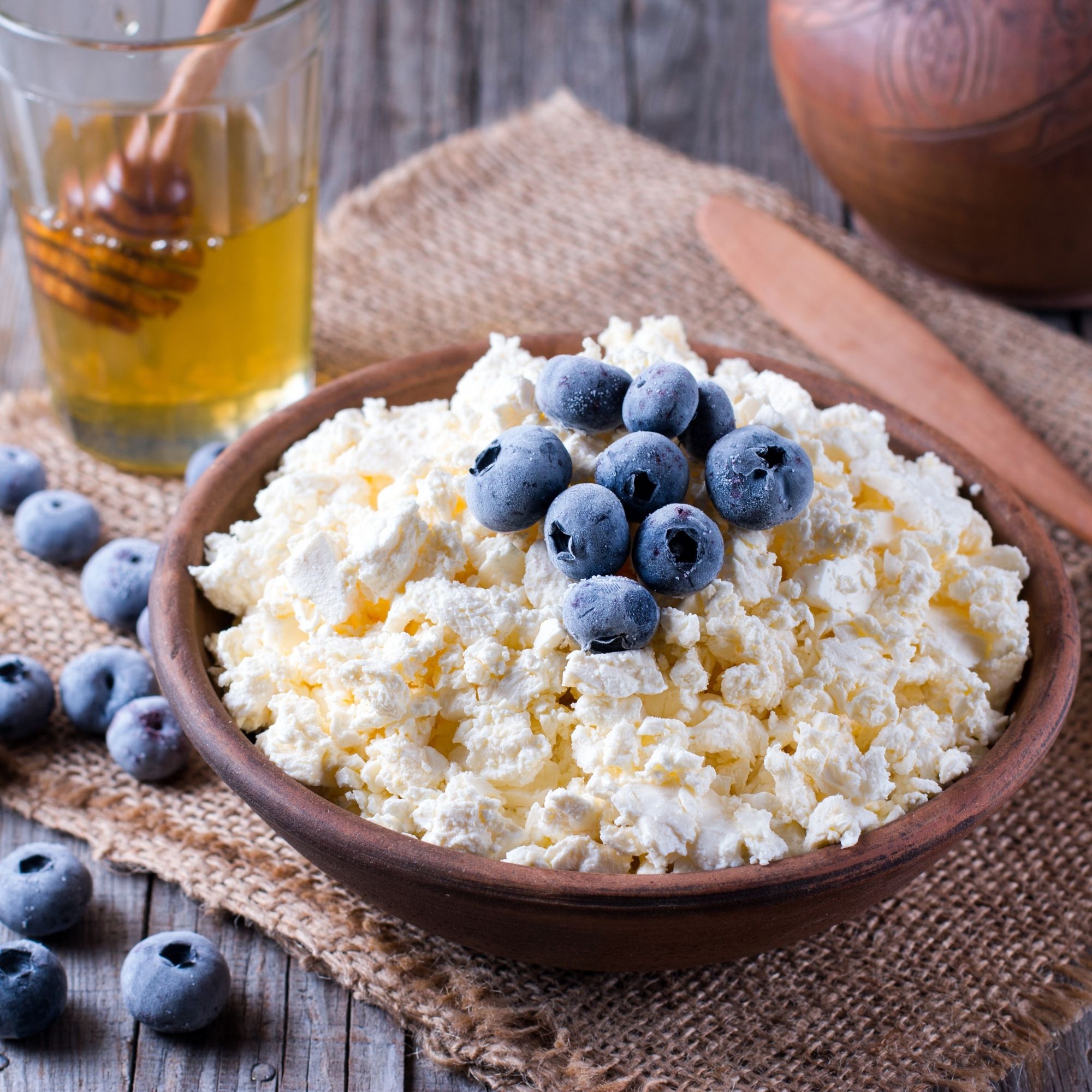
Can you store cottage cheese?
Cottage cheese can be stored in the refrigerator for up to two weeks. Be sure to keep it in a covered container so that it does not dry out. Cottage cheese can also be frozen for up to two months. When freezing cottage cheese, be sure to place it in a freezer-safe container. Thawed cottage cheese may have a watery consistency, so it is best to use it in cooked dishes or as an ingredient in recipes.
Can cottage cheese go bad?
Yes, cottage cheese can go bad. Cottage cheese can spoil if it is not stored properly. If cottage cheese becomes sour or smells bad, it should be thrown out. Cottage cheese can also spoil if it is allowed to sit at room temperature for too long. Always refrigerate cottage cheese and consume it within two weeks for the best quality.
What is the difference between cottage cheese and ricotta?
Ricotta is a type of cheese that is made from whey, which is a by-product of the cheesemaking process. Cottage cheese is made directly from curds and has a higher fat content than ricotta. Cottage cheese also has a lower moisture content, which gives it a crumblier texture.
Best Brands for Cottage Cheese?
There are many brands of cottage cheese available on the market. Some of the most popular brands include Daisy, Friendship Dairies, Hood, Kraft, and Prairie Farms. When choosing cottage cheese, be sure to read the labels carefully. Some brands of cottage cheese contain added salt, sugar, or flavors. Choose a brand that suits your dietary needs and preferences.
What Can I Substitute for Cottage Cheese?
If you do not have cottage cheese on hand, there are several substitutes that can be used in its place. Ricotta cheese, cream cheese, Greek yogurt, and sour cream are all good substitutes for cottage cheese. Keep in mind that these substitutes will change the flavor of your dish slightly. Choose a substitute that will compliment the flavors in your recipe.
Conclusion
Cottage cheese is a versatile and nutritious ingredient that can be enjoyed in both sweet and savory dishes. With its high protein content, it makes a great addition to breakfast, lunch, or dinner. Whether you enjoy it plain or flavored with fruit or spices, cottage cheese is a delicious and healthy way to fuel your body.
Learn More About Grilling
If you want to learn more about grilling, check out these other helpful resources!

